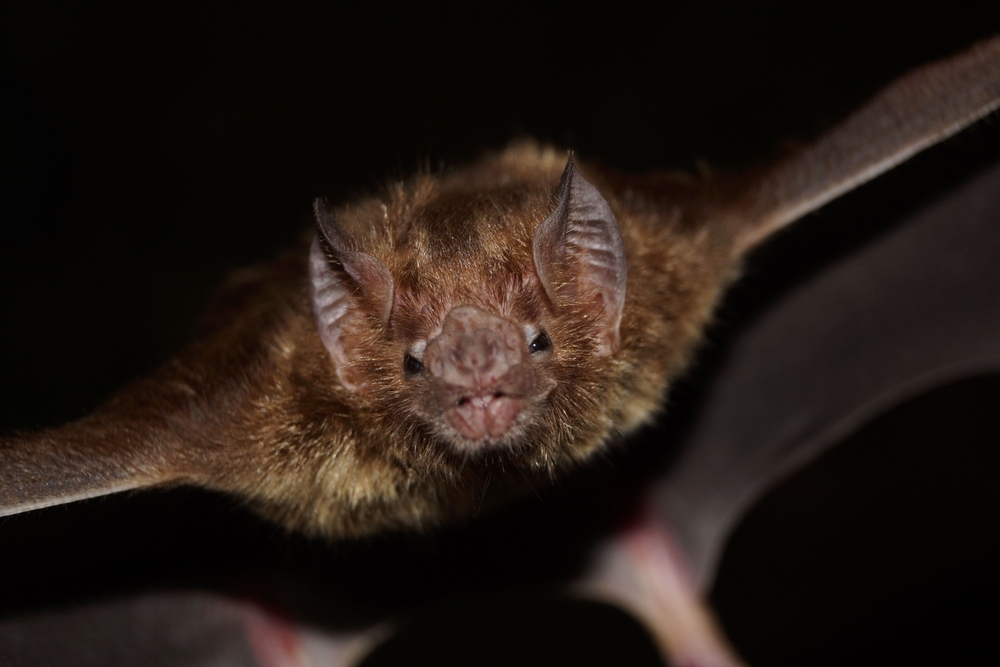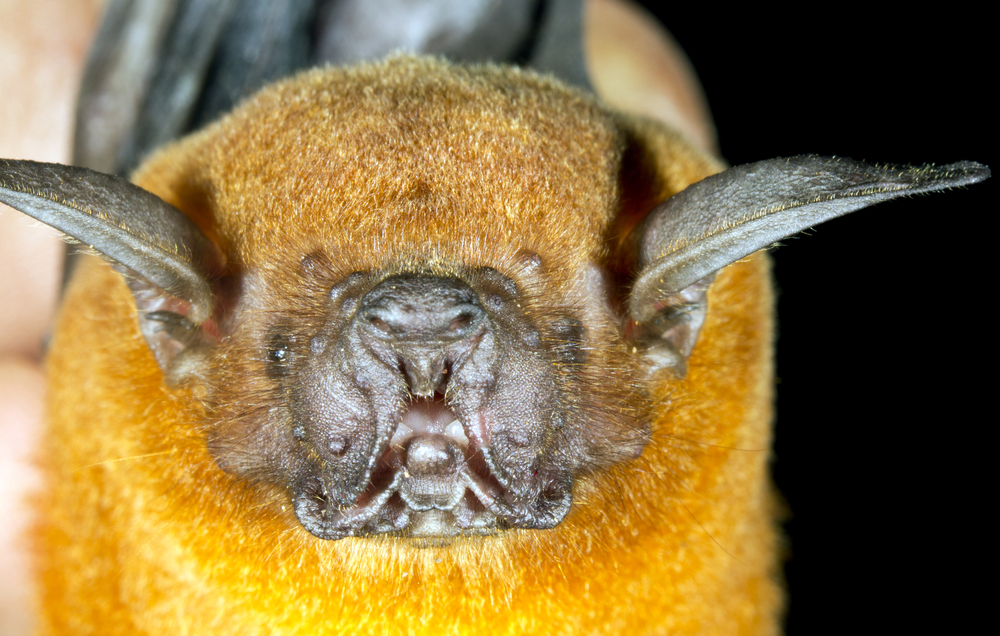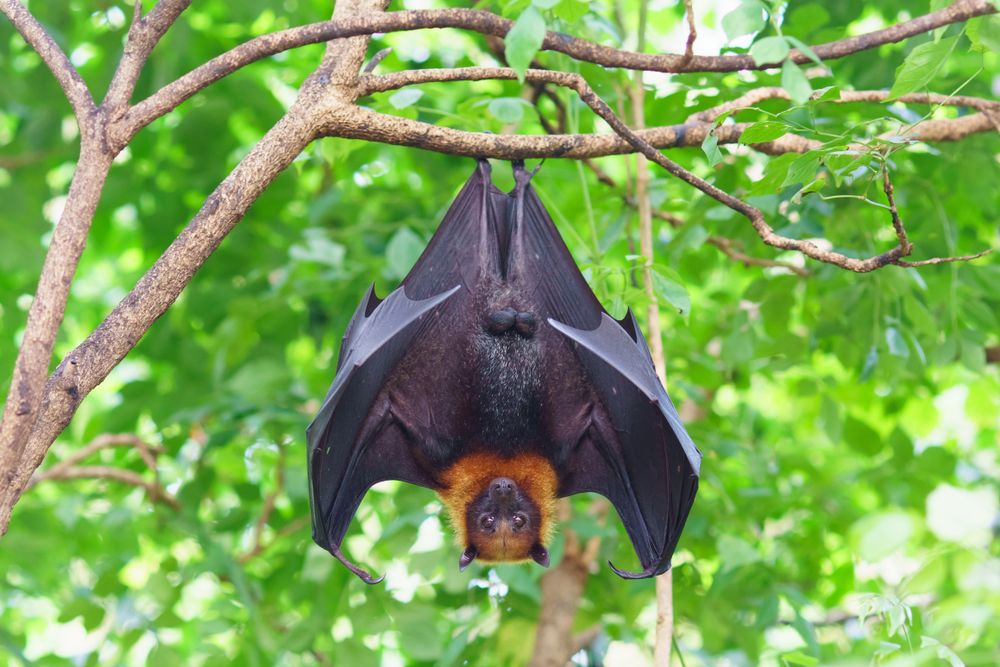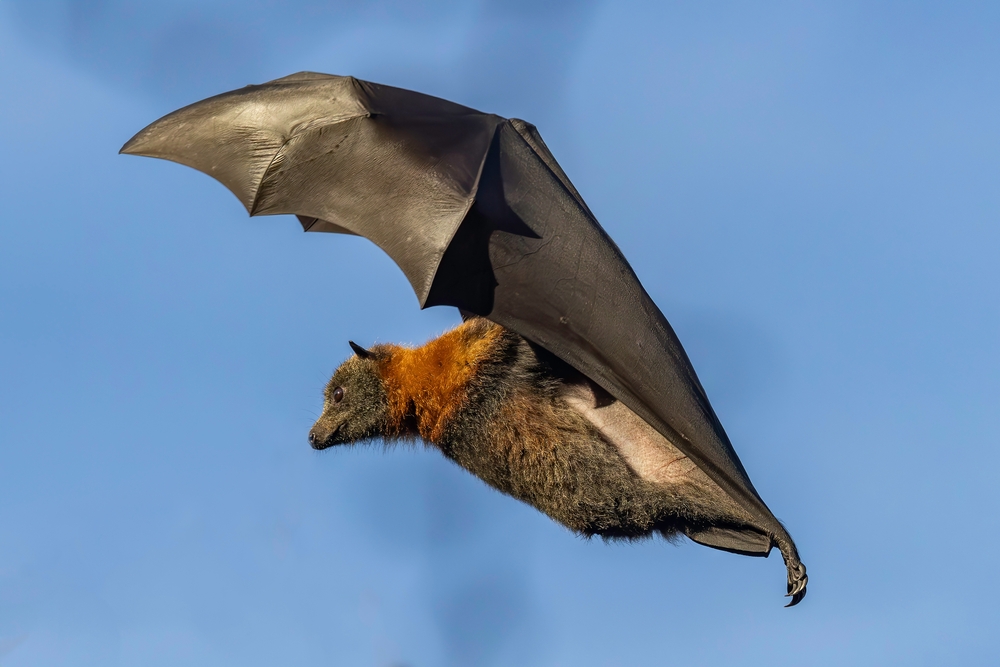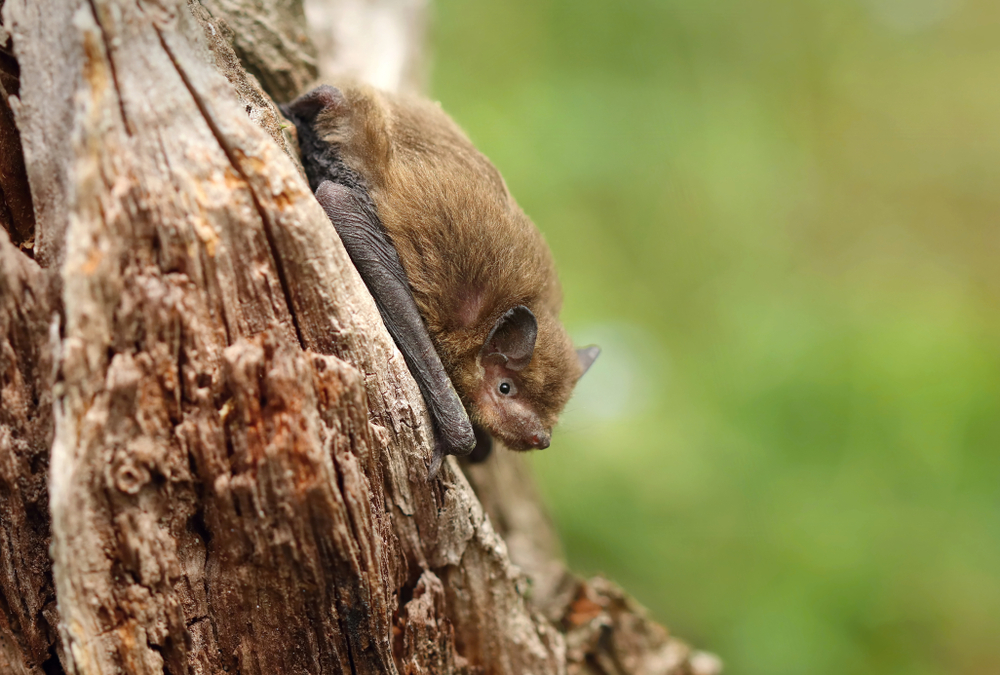About
#Mammals
The vampire bat is a unique, blood-feeding bat found in Latin America, belonging to the Phyllostomidae family. Unlike most bats, vampire bats are hematophagous, meaning their diet consists exclusively of blood. Of the three known species, the most well-known is the common vampire bat (Desmodus rotundus), which primarily feeds on the blood of mammals such as livestock. The other two—Diphylla ecaudata and Diaemus youngi—prefer birds as their hosts.
Vampire bats are small, with wingspans of about 30 cm (12 inches) and weights around 30–40 grams (1–1.5 ounces). They have short, conical snouts, heat-sensing noses, and razor-sharp teeth used to make painless incisions in the skin of their sleeping hosts. Unlike folklore suggests, they do not suck blood—they lap it up using grooved tongues. Their saliva contains anticoagulants to keep blood flowing while they feed.
They live in colonies within hollow trees, caves, and abandoned buildings, and are known for complex social behaviors. Vampire bats will regurgitate blood to share with roost mates that failed to feed, forming bonds and reciprocal relationships within the group.
Though often feared or misunderstood, vampire bats are vital to scientific research, particularly in studies of blood clotting and social cooperation. However, they can pose risks to livestock and are occasionally vectors for diseases like rabies.
Adapted to a rare and specialized niche, vampire bats remain among the most fascinating and ecologically unique mammals in the world.
Threatened:
Extinct
Critically Endangered
Endangered
Vulnerable
Near Threatened
Least Concern



































































